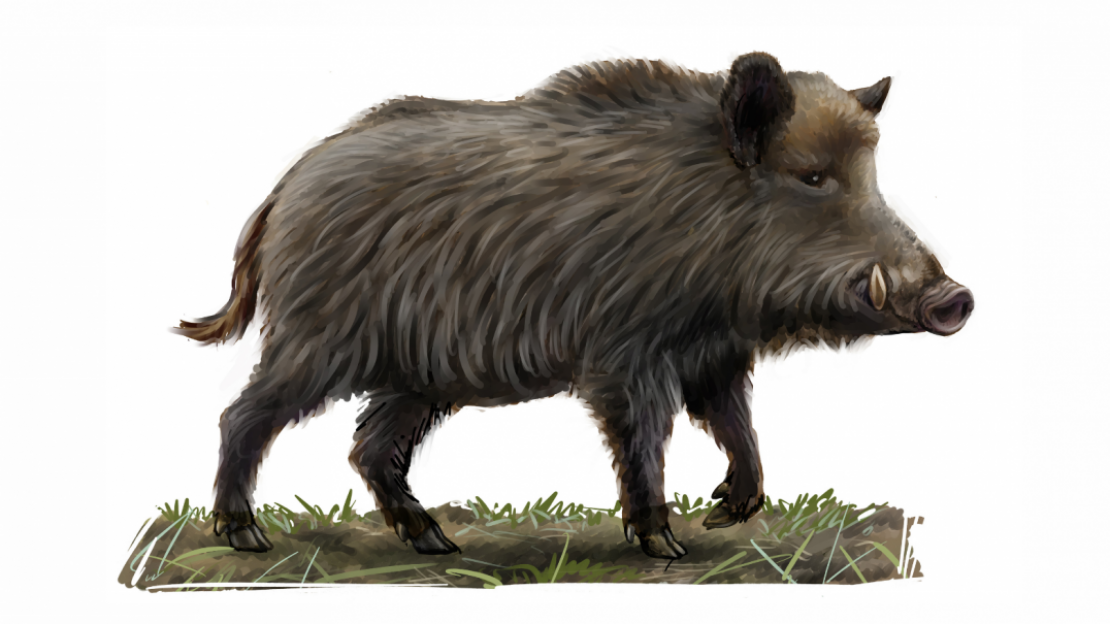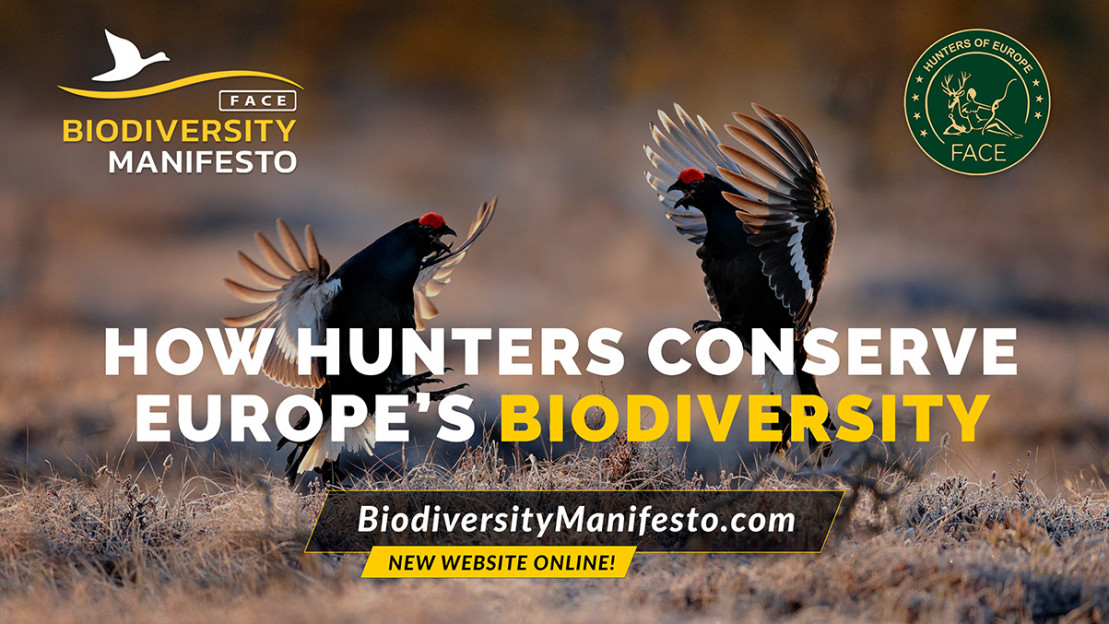Chemicals Agency (ECHA) has opened today a three-month targeted consultation on data used to establish the risks posed by lead in game meat (link).
This follows the failure of the European Food Safety Authority (EFSA) to provide information in a timely manner that informed a substantial pillar of ECHA’s current opinion on risks from consuming game meat. Back in February 2021, FACE requested the EFSA data, which should have taken 15 days. However, since the start of FACE’s access request, there were numerous delays as well as attempts of justification and extended deadlines. After ECHA’s public consultation closed in September 2021, ECHA sent the requested documents to FACE, almost eight months later.
This unacceptable delay was reported to the Ombudsman (link), who highlighted a case of “maladministration” by EFSA regarding its inability to provide key documents in a timely manner. The delay meant that stakeholders were prevented from substantiating comments made during last year’s public consultation regarding the ongoing restriction procedure on lead in ammunition under REACH.
As the procedural defect is critical, FACE requested the reopening of the public consultation at which all interested parties could present evidence related to the ECHA’s human health risk assessment. ECHA refused FACE’s request, but the European Commission stepped in, agreeing that fairness is required.
FACE recently launched the European Hunters’ Campaign to call for fair play from the EU institutions. For more information on the campaign’s requests, see www.SignForHunting.com





